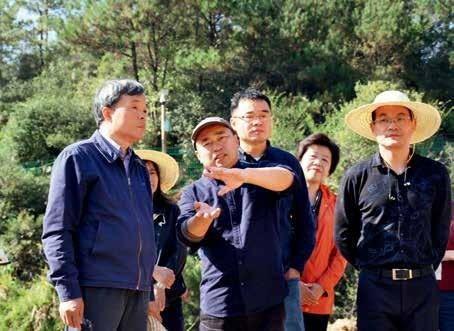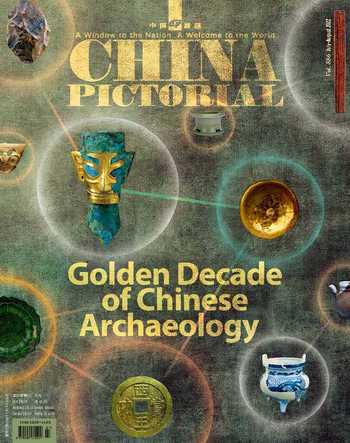PKU Archaeology History
by Shen Ruiwen
Thirty-one years have passed since I was admitted to the Archaeology Department, later the School of Archaeology and Museology, at Peking University (PKU), in 1991. Over the past three decades, I have matured from a young archaeology enthusiast to a professional archaeologist involved in teaching and researching historical archaeology. Also, I have been lucky enough to witness archaeology entering its golden age both at PKU and in China at large.
The history of PKU archaeology is nearly parallel to the development of Chinese archaeology. After modern archaeology was introduced to China in 1921, PKU set up an archaeology research room in January 1922, the predecessor to its School of Archaeology and Museology. Since its founding, PKU archaeology has focused on field archaeological excavations and interdisciplinary and scientific research. Starting from scratch, archaeology at PKU has gradually developed into a sophisticated discipline featuring an interdisciplinary system integrating social sciences, natural sciences, and humanities. PKU has trained many excellent archaeological scholars. Such a positive academic atmosphere contributed greatly to the development of my generation of students, and the following generations as well.
Field archaeology is usually the top priority for teaching archaeology in universities and colleges. In 1957, senior archaeology students from PKU completed field archaeology internships in Handan, Hebei Province, marking the establishment of the “PKU Model” of teaching archaeology, a milestone in Chinese archaeology education. The first field archaeology internship independently organized by PKU was a six-month program featuring complete training across excavation, documentation, investigation, and report writing to equip students with strong fieldwork skills. This model now prevails and has exerted a profound influence on Chinas archaeological education.
Back in 1994, we had to overcome poor working conditions when participating in field archaeology internships in a small county in Nanyang, Henan Province. To take a panoramic image of the excavation site, we built support for a tall ladder and climbed to the top, which was rather dangerous. Today, technology has simplified the procedure, and drones are frequently seen at excavation sites. Students are proficient in constructing 3D models based on panoramic images. Electronic theodolites and RTK measuring instruments have replaced tape measures and traditional gradienters. The geographic information system makes it possible to locate exact coordinates anywhere on the Earths surface relative to an archaeological site.
With the development of the archaeology discipline, the “PKU Model” has also been applied in the protection, exhibition, and utilization of cultural relics as well as laboratory archaeology. When the “Quanzhou: Emporium of the World in Song-Yuan China” project was seeking UNESCOs World Heritage status in October 2019, I presided over the archaeological excavation at the Xiacaopu iron production site of Shangqing Township in Quanzhous Anxi County. Following the excavation, my team built protective shelters on the site and assisted in setting up an archaeological workstation and a cultural center dedicated to the exhibition of iron production in the Song (960-1279) and Yuan(1271-1368) dynasties. In the summer of 2021, our experimental archaeology course opened there, during which students simulated the smelting process of the unearthed iron furnace. Laboratory archaeology and field archaeology internship courses fused to form a complete chain and new ways for the “PKU Model” to facilitate archaeology education.
In recent years, I have focused on promoting the “Archaeological Base Plus” model for field archaeology internships based on coordinated efforts and resource sharing. I have traveled many times to Yanchi, a county known for the site of Zhangjiachang Ancient City in northwestern Chinas Ningxia Hui Autonomous Region, for the purpose of establishing an archaeology base. Eventually, the PKU field archaeology base was set up at a local museum in September 2021, the most modern base of its kind in China so far. Last year, PKU archaeology undergraduates completed field archaeology internships there and achieved impressive academic results.
On campus, I have been actively exploring how to use digital and information technologies to improve archaeological teaching and research. At archaeological sites, I have been working on building a standard “Archaeological Base Plus” model featuring digital technology, information technology, and artificial intelligence. PKU is also working to establish overseas archaeological bases.
After studying and working at PKUs School of Archaeology and Museology for over 30 years, I have witnessed how the schools progress has paralleled the rise of modern Chinese archaeology. Chinese archaeology is ushering into a golden age, and Chinas archaeologists should continue to explore the mysteries of Chinese civilization and preserve the common heritage of mankind.

